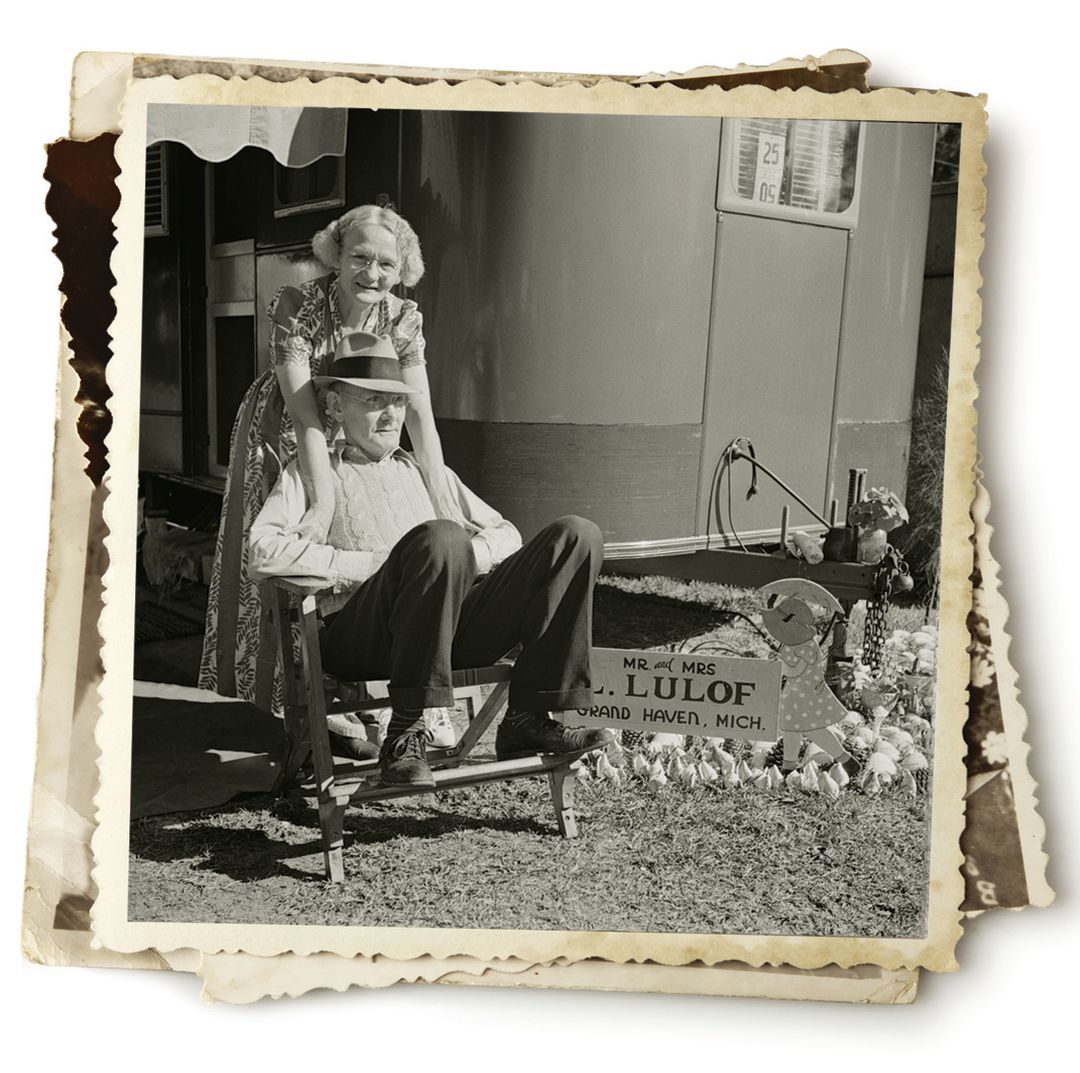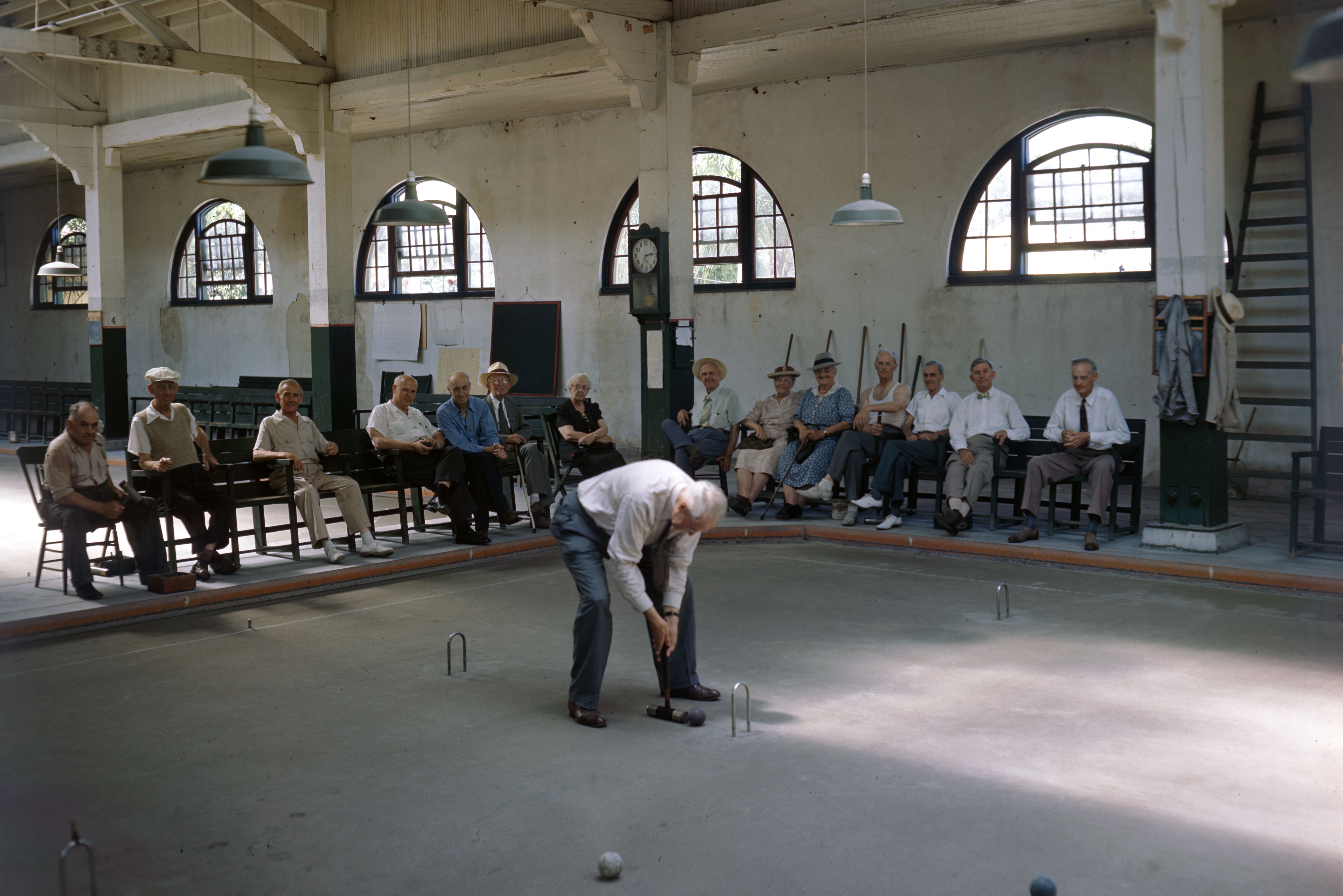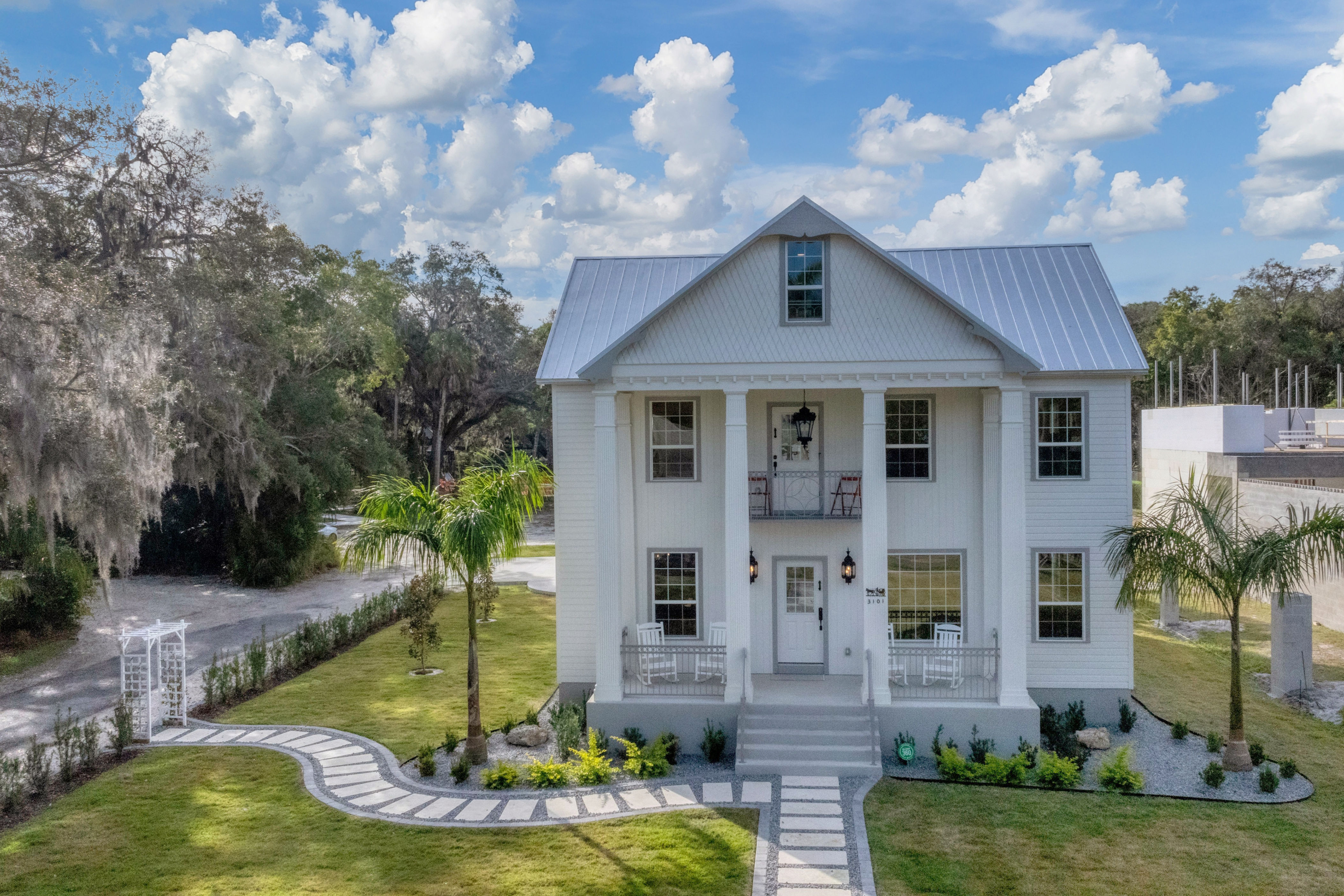Behind the Scenes of 100 Years of History

Image: Library of Congress/Wolcott
"Why did you get me started on this?” Bob Plunket wailed. “I was up until 2 looking at pictures online and I spent all day at the historical archives. I’ve gone through hundreds of pictures already!”
I tried to look concerned and sympathetic, but deep inside, I was delighted. When we decided to assemble a collection of historic photographs that would tell our city’s story, we knew Bob was the man for the project. A writer with a rare passion—and eye—for photography, Bob was commissioned by the Getty Museum in 2000 to write the text for Walker Evans: Florida, a book featuring images the great photographer took here in 1942. Like all good researchers, he had something else essential for the assignment: the ability to fall down a rabbit hole, to enter and explore an unknown world, losing all sense of everyday perspective and time.
In “Sunshine Memories,” you’ll see some of the treasures he discovered on his journey. In all, Bob, along with executive editor Kay Kipling, looked at thousands of old photographs from websites, archives and private collections. Editing them down to the 50 or so you’ll see in the story was a painful process.
We couldn’t use some of our favorites—including what Bob calls “a wonderful shot of the Van Wezels [the couple who gave Sarasota our beloved performing arts hall] in matching bathing suits by their pool”—because we weren’t able to track down the proper attribution.
But we were able to include images by some giants of 20th-century photography. Sarasota, on the southwestern edge of exotic and wild Florida and blessed with a circus to boot, attracted such photographic greats as Evans and Marian Post Wolcott in the 1930s and ’40s; and it later became the home of famed Life magazine photographer Loomis Dean and Joe Steinmetz, whose crystal-clear compositions capture nostalgic seaside living in the ’60s.
The photos remind us that until the last few decades, this was a very small town. When Evans visited in the 1940s, 8,000 people lived here; even in the booming 1960s, Sarasota County had only 77,000 residents. (Today we number 400,000.)
In the sleepy little outpost shown in our photos, everybody knew each other; merchants tacked up “Gone Fishing” signs on summer afternoons; and there were no factories, corporations or massive civic projects.
But we did have something to sell: warm winters and the vacation lifestyle. By the 1950s and ’60s, Florida had become synonymous with a new way of life, a place where middle-class people could own a house with a backyard swimming pool and citrus trees and bring up their children in year-round sunshine.
As a result, real estate became our dominant industry; as Bob notes in Walker Evans: Florida, “It could be said the real estate ad was the primary form of literature here.”
And Sarasota had something no other Florida city had: the circus, with exciting animals, thrilling daredevils and show-biz glamour. “Amazing people came here because of the circus,” Bob says—midgets and giants, swashbuckling performers like big-cat trainer Gunther Gebel-Williams, and even George Balanchine, who choreographed a circus polka (with music by Igor Stravinsky) for the elephants. Locals lived next door to performers, and visitors flooded the Winter Quarters—“the Disney World of its day,” says Bob.
Bob admits to some pangs as he pored over those pictures of the quirky little place we once were. “That’s vanished,” he says. “It was disappearing when I moved here in 1985, and by the late ’90s, it was gone.” Today, with a downtown crowded with high-rises, wealthy newcomers from all over the world, big shopping centers and new developments rising, Sarasota is a different place.
Yet some things haven’t changed. The natural beauty. The outdoor lifestyle. What Karl Bickel—the journalist who asked Evans to come here in the 1940s to take pictures for a book he was writing—described as “the intangibles—the gleam of white sand, the softness of southwest winds, the pink and turquoise sunsets.”
And something else, captured in Bob’s favorite photograph, above. It’s a Marion Post Wolcott shot of an old couple sitting outside their little trailer, looking blissfully relaxed. “They’re living in paradise,” Bob says. “And that feeling hasn’t changed at all.”



